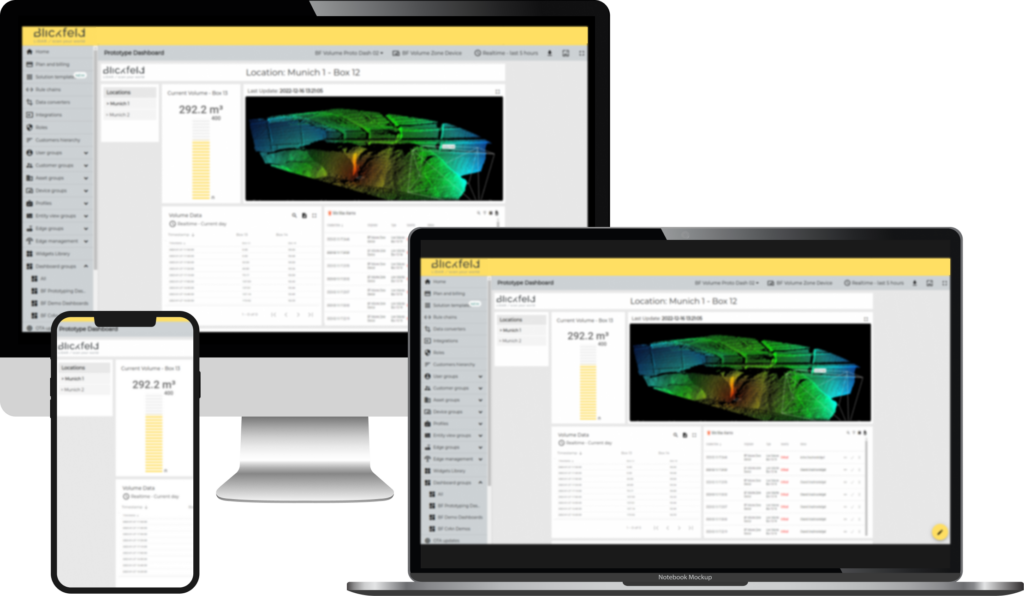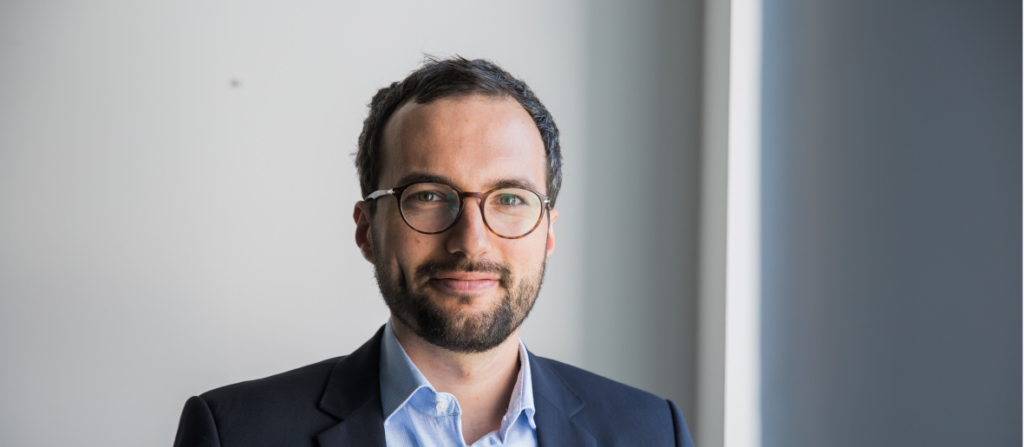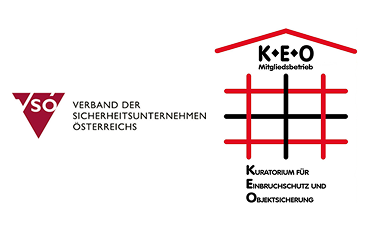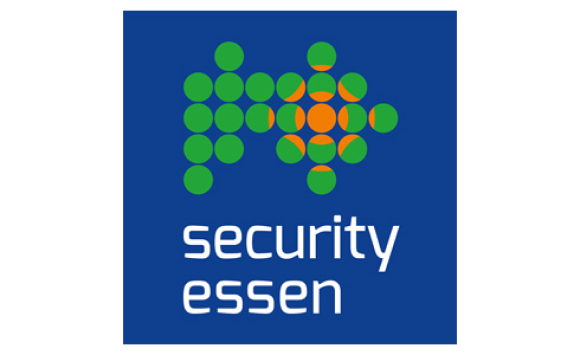A conversation with Stefan Lehner, Head of Customer Success (CUS) at Blickfeld
Stefan Lehner has built the Customer Success Team and manages various customer projects. In this interview, he discusses the tasks of the Customer Success Team and the role it plays within Blickfeld.
How would you describe the role of the Customer Success team? What are the team’s tasks?
As the Customer Success Team, our role is to guide our customers throughout the entire journey, from the initial feasibility study to ongoing operations, ensuring the successful implementation of their projects. Our goal is to understand our customers’ challenges and solve them with the help of our technology to provide them with added value.
Our process begins by closely collaborating with the sales team to conduct a comprehensive analysis. During this stage, we identify our customers’ specific challenges and evaluate to what extent our technology can offer a solution. Our primary focus lies in the technical aspect, such as determining the required number of sensors and their optimal placement. This step is critical as it forms the foundation for the data generation of the system. It is crucial that, for example, a pile of bulk material is sufficiently covered by the point clouds of the sensors or that a monitored area is completely covered to prevent unauthorized intrusion. To facilitate this, we primarily employ 3D simulations. In addition, we consider the hardware and software architecture of the systems.
Ensuring the reliable functioning of LiDAR systems and implementing data and its evaluation to meet our customers’ needs is of utmost importance. In many instances, our customizable dashboard serves as the visual interface for customers.

We also frequently integrate our systems with existing ERP and MES systems or establish connections with security systems as per specific requirements. To achieve this, we adapt our existing interfaces or develop new ones based on the predefined software architecture.
Once a project enters the implementation phase, our usual practice is to install the system in collaboration with the customer and initiate its operation. We follow well-defined and established procedures and processes for this purpose. During this phase, we also provide training and transfer the system to the customer. Once the system is operational, we offer ongoing support and maintenance guidance to our customers, including performing necessary system updates, among other tasks.
How does the Customer Success team interact with other departments in the company?
We work with many different teams, which is also a very interesting aspect of our work. During the sales phase, starting with initial discussions, we provide support to the sales team. Throughout the implementation phase, we maintain close communication with the development teams. Acting as the “voice of the customer,” we leverage our experience from previous customer projects to provide feedback and make suggestions for product and solution development. Our insights are highly valued by the development team, particularly during prototype testing. This grants us the advantage of early exposure to new functions and features, allowing us to conduct thorough testing. Additionally, we work alongside the marketing team to create engaging Customer Success Stories. And, of course, we occasionally challenge them to a friendly game of table tennis.
Can you give an example of a successful customer project and explain how the Customer Success team contributed to it?
An excellent example of this collaboration can be seen in our projects with Quvo Ltd within the waste and recycling industry. Quvo Ltd has proven to be an outstanding partner as we equip companies in the recycling sector with our volume monitoring solution. Together, we conducted multiple sessions to analyze the needs, requirements, and challenges of end customers. Building upon this foundation, we initiated a successful pilot project that yielded valuable insights for both parties.
To implement the project, we received data from Quvo Ltd and the end customers, such as recycling plant dimensions, which allowed us to create a sensor layout. Collaboratively with Quvo Ltd, we proceeded to install and commission the system on-site. Throughout this process, we provided comprehensive training to both the Quvo Ltd team and the customers, ensuring efficient and effective system setup. This experience gave us with invaluable knowledge regarding the specific demands of customers in the industry, as well as the technical aspects that have to be considered.
Ultimately, this project served as the basis for numerous other successful customer projects. With our well-coordinated team, we conduct joint demos for potential customers and can efficiently equip a multitude of end customers.
How does the team support new customers during the implementation process to ensure they quickly gain value from our product or service?
It is crucial for us to maintain transparency and effectively explain our solution. Many of our customers have not yet had any prior experience with LiDAR sensor technology, but they show great interest. Therefore, it is essential that we meet them at their level of understanding and guide them through the entire process. We offer them comprehensive documentation, training, and other essential tools.
Our primary focus is always on their specific application, highlighting the benefits our solution brings while also addressing any potential limitations. Simulations, in particular, prove to be valuable in illustrating the effectiveness of our solution.

What was the most extraordinary thing you experienced in a customer project?
Some of our customers were able to familiarize themselves with the technologies extremely fast and even developed their own applications. Of course, we are very happy to support such projects and are impressed by the results. For example, one customer developed a mobile app with volume data that can be used to control waste streams according to demand and plan optimal machine utilization.
Recently, our sensors were also used as part of the LidarPredict project at the popular music festival Rock am Ring. This was quite extraordinary, and we were very proud of it!



